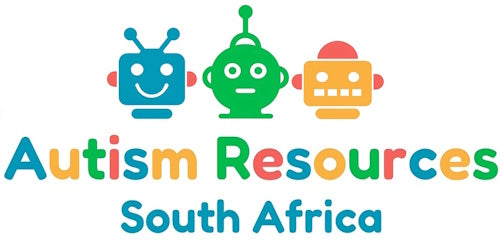Dealing with Sensory Issues in Public
Jaco de GoedeEvery parent with a child on the spectrum can vouch for me when I state, “going out in public is a challenge.” Transitioning from the house to the car is your first challenge. Then the challenge shifts to dealing with the sensory problems of the new place upon arrival.
I don’t think I’ll ever forget this one time when I took my daughter to the grocery store. It was years ago. She was probably two and half. Since her sister was born just twelve months after her – I had my hands full.
In an attempt to have a successful shopping trip, (the kind where you pick out items and then actually are able to purchase them before having to leave because your child has a meltdown), I had purchased one of those kid backpacks with the leash attached. I was breaking one of my own cardinal rules that I swore I would never do once I had children – I mean a leash? I was desperate. I had to get groceries and no one would watch my kids with one being on the spectrum and the other with GI issues. So I put the baby carrier on the grocery cart and strapped my almost three year old into her backpack with the leash. She eagerly strolled into the store. Just like most two and three year olds she was curious to see what lurked behind each corner. However, after retrieving my third item the sensory sensitivities got the best of her. She lie down on the floor screaming with her hands over her ears and her eyes clenched shut. I tried to calm her down. I tried to talk to her but she wasn’t responsive. She was in too much pain. I ended up having to carry her out kicking and screaming while carrying her younger sister in her infant car seat carrier. All the while listening to comments such as:“Some people need parenting classes.” Or “Someone needs a nap.”
We have come a long way since that day. Thankfully, my daughter is able to speak and has explained to me her sensory issues. In her situation we equate it with a frog in a pot of water. The frog is fine when it is first put in the pot (the store in this situation is the pot). As the water slowly warms, it isn’t noticeable until the water is so hot that the frog desperately tries to escape.
In an effort to help my daughter not reach her “boiling point,” she carries a “sensory bag” with her and we use visual charts to prepare her. The sensory bag includes noise reduction headphones, sun glasses, a distraction toy and a sweater (for the freezer section). Obviously, sensory integration with the expert help of a trained Occupational Therapist can help children adjust to some of these everyday noises but when OT is not an option try creating a “sensory bag” with tools to help your child’s individual needs.
Over the years she has adjusted to not needing all of these tools and I have learned to only go into the store to buy a couple of things. There is also the option of going to the store after the kids are in bed (while the other parent stays home). Asking or hiring someone to pick up groceries can be helpful and help you stick to a budget. Let’s face it – there are some days when checking grocery shopping off your list of things to do would be extremely helpful and simpler.

Our solution is the Sensory First Aid Kit. Just keep it in the car and start handing it out as soon as it is necessary.
This article was originally published in Autism Parenting Magazine, if you would like similar articles on a monthly basis, please consider treating yourself to a subscription
